Tag: bleeding

Tranexamic Acid in Gastrointestinal Bleeding
Extended-use high-dose IV tranexamic acid does not improve mortality or bleeding outcomes and increases adverse events. Low-dose/enteral tranexamic acid may be effective in reducing hemorrhage; more evidence is required to... read more
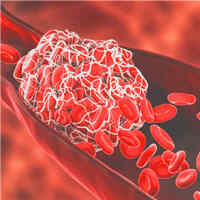
Risk of Serious Blood Clots Up To 6 Months After COVID-19
A study from Sweden finds an increased risk of deep vein thrombosis (a blood clot in the leg) up to three months after COVID-19 infection, pulmonary embolism (a blood clot in the lung) up to six months, and a bleeding event... read more

PPIs Should Not Be Prescribed for Upper GI Bleeds
The topic of PPIs for upper GI bleeds was one of the first posts on First10EM. There is no new evidence, and the bottom line is the same (just don’t use them), so if you are a long time reader, you can probably skip this... read more

Percutaneous vs. Surgical Cannulation for Femoro-Femoral VA-ECMO in Cardiogenic Shock Patients
Compared with surgical cannulation, percutaneous cannulation was independently associated with lower in-hospital mortality and fewer complications. Among 12,592 patients meeting study inclusion, 9,249 (73%) underwent percutaneous... read more

Subclavian vs. Femoral Arterial Cannulations During ECMO
During peripheral extracorporeal veno-arterial membrane oxygenation (VA-ECMO) support, subclavian arterial cannulation provides, in comparison to femoral arterial cannulation, an anterograde flow which may prevent from left... read more
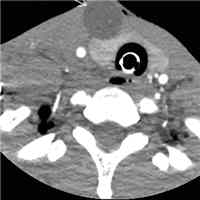
Foley Catheter Tamponade Usage for Bleeding Control in Penetrating Injuries
We recently used a Foley catheter to manage a stab wound to the left anterior neck (zone 1) in a 26 year-old male. Police arrived shortly after the incident but couldn’t stop the bleeding with external compression with... read more
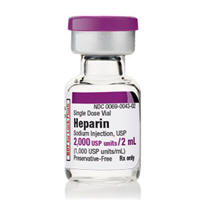
Effectiveness of Therapeutic Heparin vs. Prophylactic Heparin on COVID-19 Patients
In moderately ill patients with covid-19 and increased D-dimer levels admitted to hospital wards, therapeutic heparin was not significantly associated with a reduction in the primary outcome but the odds of death at 28 days... read more

Use of Bivalirudin for Anticoagulation in Pediatric ECMO
This study describes the use of bivalirudin in children on extracorporeal membrane oxygenation (ECMO). Pediatric patients receiving bivalirudin were compared to patients receiving heparin as the anticoagulant on ECMO. Data... read more

Carotid Blowout Syndrome: Modern Trends in Management
Carotid blowout syndrome (CBS) refers to rupture of the carotid artery and is an uncommon complication of head and neck cancer that can be rapidly fatal without prompt diagnosis and intervention. CBS develops when a damaged... read more

POCUS Diagnosis of Medial Plantar Artery Pseudoaneurysm Secondary to Penetrating Injury
Pseudoaneurysms of the foot are rare and can occur from a range of etiologies, including laceration from a foreign body. The majority of reported cases have been diagnosed by computed tomography, magnetic resonance imaging,... read more

Prehospital Management of Trauma Patients with Rib Fractures
Rib fractures are associated with a direct, blunt force trauma to the thorax. It is estimated that 10% of all patients who were admitted to the hospital after blunt chest trauma have at least one rib fracture. In the prehospital... read more
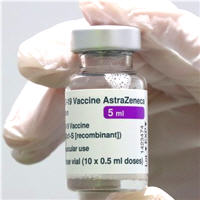
Vaccine-Induced Prothrombotic Immune Thrombocytopenia After AstraZeneca COVID-19 Vaccination
The United Kingdom, European Union, and Scandinavian countries have reported that the AstraZeneca COVID-19 vaccine appears to be associated with rare cases of serious blood clots, including blood clots in the brain. These... read more
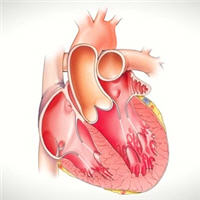
Left Ventricular Assist Device Implantation in Hypertrophic and Restrictive Cardiomyopathy
Left ventricular assist device (LVAD) implantation in patients with advanced heart failure due to hypertrophic or restrictive cardiomyopathy (HCM/RCM) presents technical and physiologic challenges. We conducted a systematic... read more

Transfusion Strategies for Acute Upper Gastrointestinal Bleeding
As compared with a liberal transfusion strategy, a restrictive strategy significantly improved outcomes in patients with acute upper gastrointestinal bleeding. We enrolled 921 patients with severe acute upper gastrointestinal... read more




